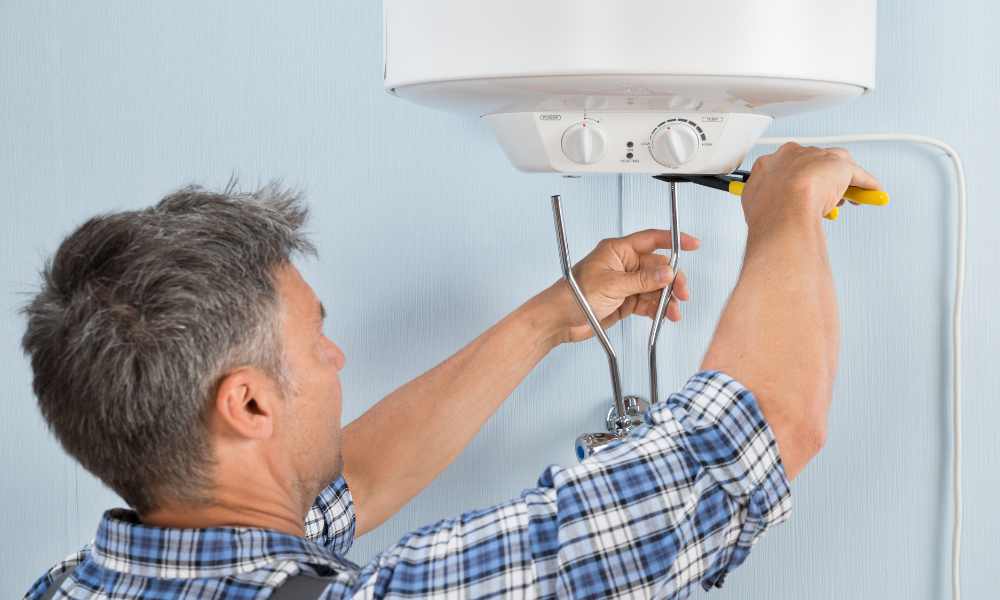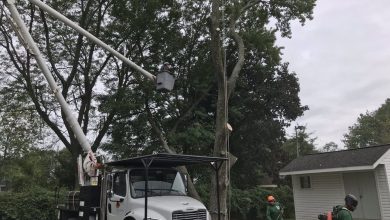As the chilly winds of winter envelop us, a properly functioning heater becomes a cornerstone of comfort and well-being. However, like any other appliance, heaters are prone to wear and tear, requiring timely maintenance and repair. In this comprehensive guide, we will delve into the intricacies of heater repair, exploring common issues, troubleshooting tips, and the importance of professional intervention.
I. Understanding Common Heater Issues
a. Ignition Problems: One of the most frequent heater issues is related to ignition problems. Whether your heater operates on a pilot light or an electronic ignition system, failure to ignite can result in a chilly home. Regularly cleaning the ignition components and ensuring a steady gas supply are crucial steps to prevent ignition issues.
b. Faulty Thermostat: The thermostat serves as the brain of your heating system, regulating temperature and ensuring optimal performance. If your heater seems unresponsive or fails to maintain a consistent temperature, the thermostat may be at fault. Calibrating or replacing the thermostat can resolve these issues.
c. Clogged Air Filters: Over time, air filters in heaters can accumulate dust and debris, obstructing airflow and reducing efficiency. Regularly checking and replacing air filters is a simple yet effective way to ensure your heater operates at peak performance.
II. DIY Troubleshooting Tips
a. Check the Pilot Light: For gas heaters with a pilot light, a common issue is the pilot light going out. Carefully relight the pilot according to the manufacturer’s instructions. If the pilot light continues to go out, there might be an underlying issue that requires professional attention.
b. Inspect and Replace Air Filters: Clogged air filters restrict airflow, making your heater work harder than necessary. Regularly inspect and replace air filters to maintain optimal efficiency and prevent strain on the system.
c. Verify Thermostat Settings: Ensure that your thermostat is set to the desired temperature and mode (heat). If the thermostat is battery-powered, replace the batteries regularly to avoid malfunctions.
III. The Importance of Professional Heater Repair
a. Safety Concerns: Gas-powered heaters pose inherent safety risks, and attempting to repair complex issues without professional expertise can lead to dangerous situations. Professional technicians are trained to identify and address safety concerns, ensuring the well-being of your household.
b. Extended Lifespan: Regular professional maintenance not only resolves immediate issues but also contributes to the longevity of your heating system. Timely repairs and preventive measures can extend the lifespan of your heater, saving you money on premature replacements.
c. Efficiency and Performance: Professional technicians have the knowledge and tools to conduct a thorough inspection of your heating system. They can identify and address issues that may be affecting the efficiency and overall performance of your heater, ensuring it operates at its best.
Conclusion:
In the midst of winter, a malfunctioning heater can be a source of discomfort and inconvenience. Understanding common heater issues and implementing DIY troubleshooting tips can be helpful, but it is crucial to recognize the importance of professional heater repair. Whether it’s addressing safety concerns, extending the lifespan of your heating system, or optimizing efficiency, entrusting the care of your heater to skilled technicians ensures a warm and comfortable home throughout the winter months. Regular maintenance and timely repairs not only safeguard your investment but also contribute to a cozy and energy-efficient living space.




